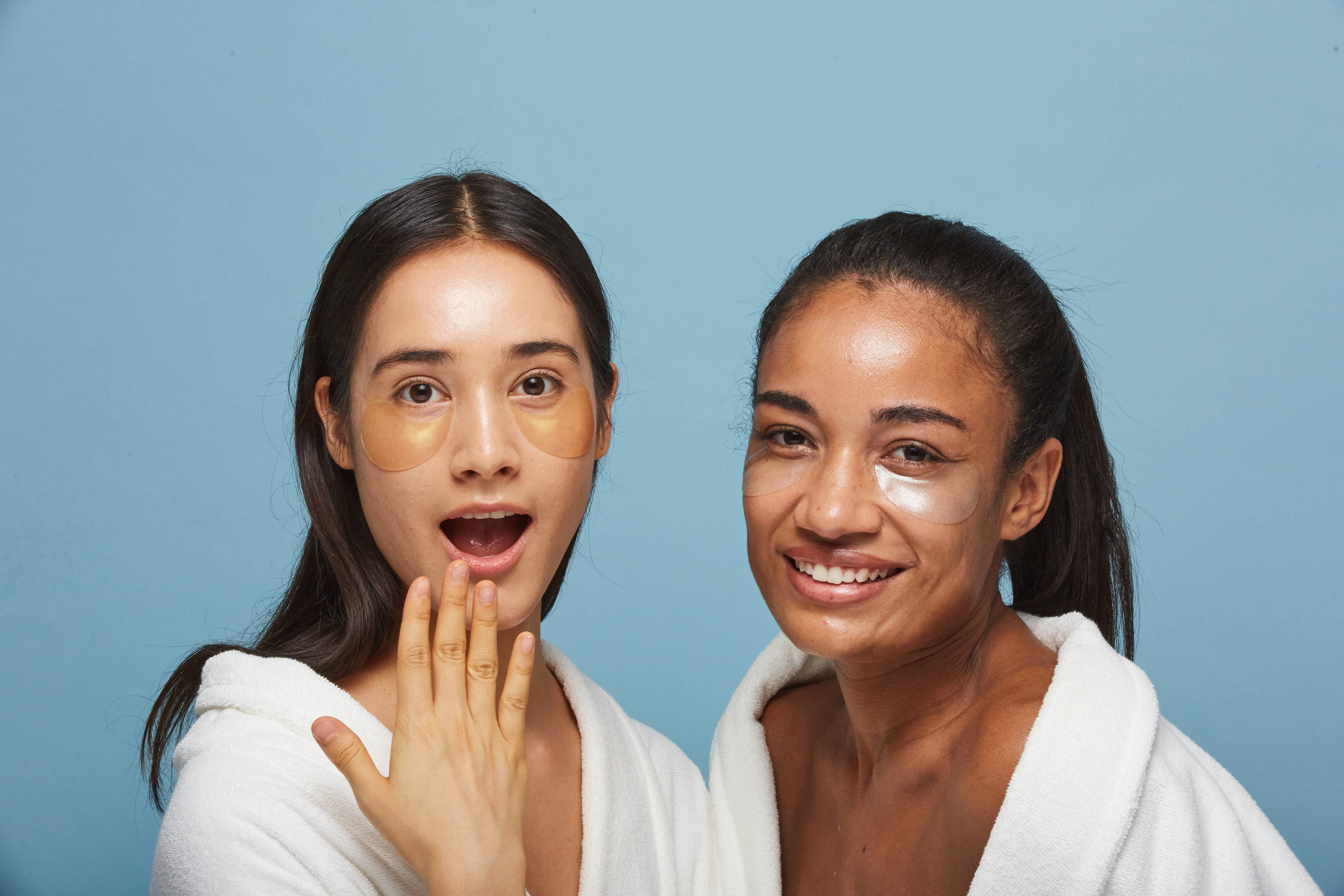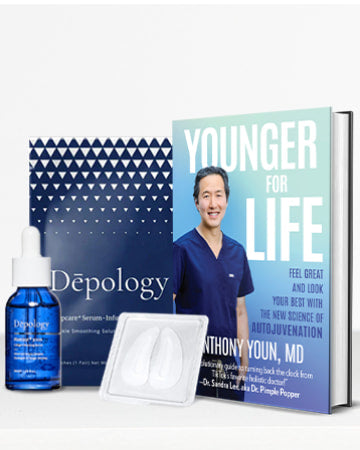
Read more

What Are The Benefits of Goji Berries?
Goji berries have been gifting us with their powerful benefits for centuries and yet, we are still continuing to discover new health benefits they are capable of. As we continue to wait and see wha...
Read more
We hope you find these dos and don'ts for using retinol products useful. Remember, retinol is a powerful ingredient, so it's important to use it according to the directions on the product label and...
Read more










